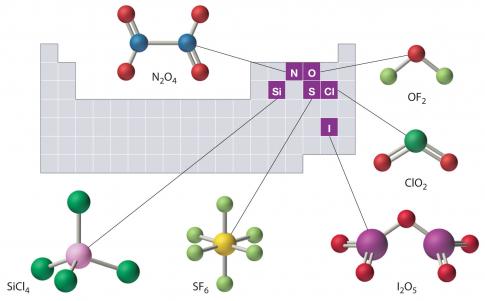Bacterial genes that turn mercury lethal mapped across world

Which bacteria generate methylmercury? Where do they live? And why do they do it?Today, methylmercury is recognised as a potent neurotoxin, but not much is known about it. A new study is helping change that.
By Joshua Sokol
The sleepy fishing village of Minamata, Japan, 1956: and the neighbourhood cats have gone mad. They claw, scratch, and scream, sometimes breaking into convulsions before dropping dead. Then something more serious happens. Physicians are baffled by a 5-year-old girl who has trouble walking and talking. Her suite of symptoms is like nothing the medics have seen before. Two days’ later, the girl’s sister develops the same symptoms – and other cases quickly follow.
We now know that the cause was mercury poisoning: the metal, in an organic form called methylmercury that is particularly easily absorbed by the body, had been released into the sea by local industry and accumulated in fish and shellfish. Minamata disease has since claimed about 2000 lives.
Today, methylmercury is recognised as a potent neurotoxin, but not much is known about it. A new study is helping change that.
We know that methylmercury is generated by microbes from mercury, and accumulates in animals along the food chain, including us. Unlike the inorganic mercury released as pollution from mines and factories, it can pass the blood-brain barrier into the central nervous system and cross the placenta to reach a developing fetus.
But there is still a great deal we don’t understand. Which bacteria generate methylmercury? Where do they live? And why do they do it?
In 2013, a team at Oak Ridge National Laboratory in Tennessee identified two genes – hgcA and hgcB – that seem to enable microbes to make the toxin.
Now, that team, led by Mircea Podar, has looked for those genes more broadly, in samples from all over the world, and in samples taken from a range of animals, from beetles to humans. Their work shows that methylmercury is produced by many more bacterial types living in a wider range of ecosystems than we thought.
“One of the surprising findings was that some of the highest counts of the methylation genes were in melting permafrost, in arctic Alaska,” says team member Dwayne Elias, also at Oak Ridge. This is a concerning finding, he says, because with climate change, annual thaws will continue to let mercury pollution run off from melting snow into the tundra where it can be converted into methylmercury.
Another unexpected discovery is that wastewater treatment plants and bioreactors seem to host bacteria with the genes for methylmercury production. Future studies of gene activation in bacterial communities as a whole may help uncover whether there is significant production of methylmercury at these facilities.
The team also discovered that methylmercury genes in several aquatic samples seemed to belong to bacteria that haven’t been cultured or sequenced before – suggesting toxin production might be unexpectedly common. “There are bacteria doing it we know nothing about,” says Elias.
In some ways, though, the mystery only deepened.
“There’s places where we didn’t find the genes, which we were surprised at and which have huge health implications,” says team member Cynthia Gilmour of the Smithsonian Environmental Research Center in Edgewater, Maryland.
Importantly, the genes aren’t present in the human gut – or, apparently, in mammal gut flora more generally. Birds, too, lack them. But they are present in the invertebrate microbiomes the team examined.
Another mysterious absence is the open ocean. “Marine fish are the biggest source of methylmercury to most people on Earth, so it’s really important from the human risk standpoint that we understand methylmercury production there,” Gilmour says. But even though marine fish end up ingesting methylmercury – and then pass it on to us – bacteria in that ecosystem don’t seem to have the genes.
It might just be that they weren’t present in parts of the ocean that were sampled, and that bacteria at different depths do have them. Or, says Gilmour, methylmercury in oceans might come from a different, non-bacterial source. Her colleagues are already gathering further ocean samples to look again.
Taken together, the results underscore just how widespread methylmercury production is in the wild, says Elsie Sunderland at Harvard University.
By mapping where it is and isn’t happening, the hope is we will be able to crack the lasting riddle – why bacteria to evolve to produce methylmercury in the first place. “If you understand what’s driving those reactions, then you can more easily anticipate where it’s likely to occur,” Sunderland says.
Still, the ability to map methylmercury genes is a promising development on its own. The US is one of 15 countries so far to join the Minamata Convention, a UN-brokered agreement which aims to limit methylmercury worldwide – and which is named after the Japanese village where methylmercury research began.
“Within that plan, monitoring will be extremely important, because how else will we know we are reaching our goals?” says Tamar Barkay of Rutgers University in New Brunswick, New Jersey.
“Looking at these genes, looking at their expression in environments where there is mercury contamination, could be a very powerful tool in the toolkit we will have to develop,” she says.




 del.icio.us
del.icio.us Digg
Digg

Post your comment